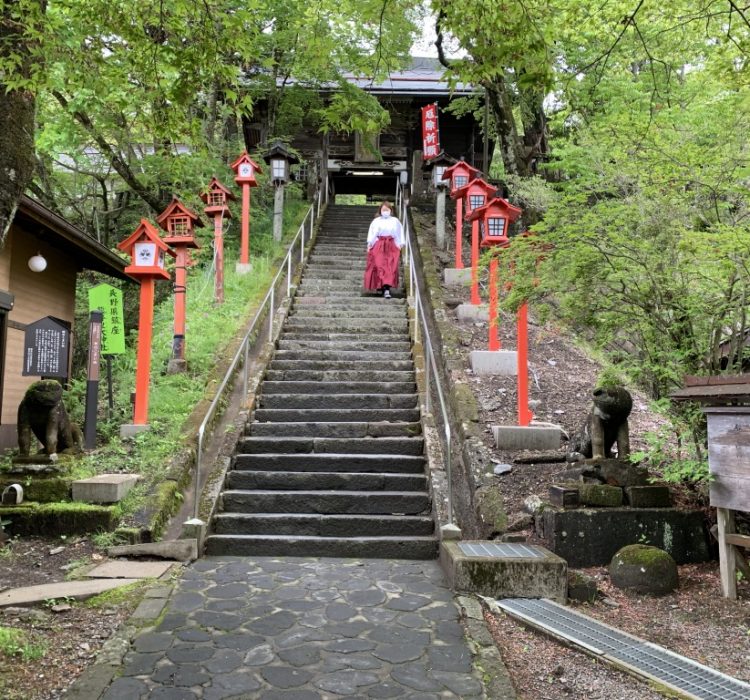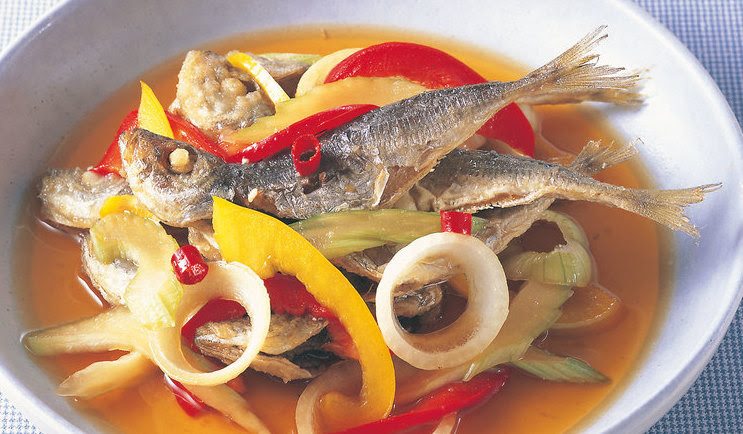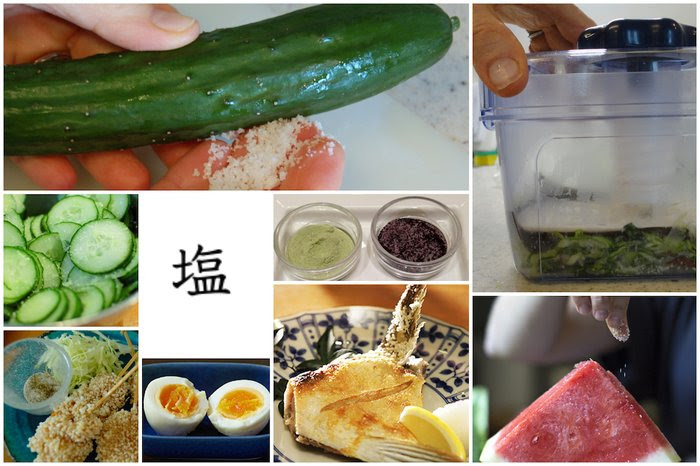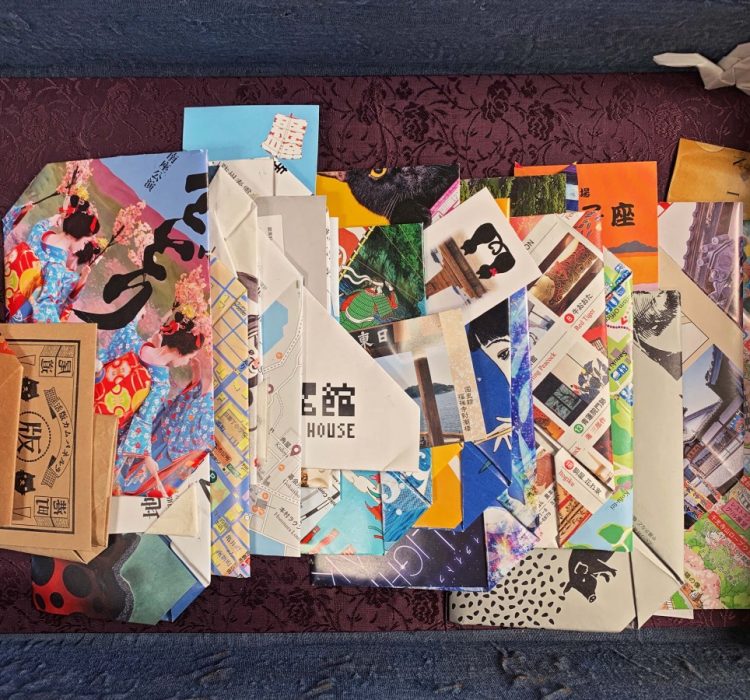
Oct.30
DAIGAKU IMO: The Sweet Potato with a College Education
Oct.30
Elizabeth Andoh
While growing up in New York, I took lessons at The Art Student’s League on Saturday mornings. After class I would meet my father for a late lunch. His office was a few doors down from the Plaza Hotel (where Eloise had taken up residence in 1955) in the building next to Prexy’s. The burger…

Oct.13
MUCH ADO ABOUT MASKS
Oct.13
Amy Katoh
In Japan, masks ( and prayer!) have been the preferred mode of protection from sickness, allergies, colds and close quarters, airplanes and such for YEARS! Nothing out of sync about seeing a white square surgical mask on the mouth and nose of an elegantly dressed lady, or an otherwise smartly outfitted business man. Masks have…

Sept.12
A Taste of Culture – NANBAN-ZUKÉ: Southern Barbarian Cookery
Sept.12
Elizabeth Andoh
The Portuguese missionaries and merchants who came to Japan late in the 16th century arrived by way of southern waterways, settling in the port of Nagasaki, Kyushu. The Japanese referred to them as nanban jin or the “southern barbarians.” In addition to Christianity and trade, these early Portuguese visitors brought with them escabeche, a fried…

Sept.08
A Taste of Culture – Domburi Big Bowls
Sept.08
Elizabeth Andoh
The word DOMBURI refers to both the deep ceramic dish and the food served in it. Typically a generous portion of rice is topped with sauced meat, fish, and /or vegetables to make a filling, satisfying meal. Often left-overs are re-purposed in making the topping — a frugal and quick way to get dinner on…

June.10
A Taste of Culture – Kitchen Strategies
June.10
Elizabeth Andoh
TSUYU (literally, “plum rain”) arrives in Japan every year as spring turns to summer. Weather is newsworthy in the Japanese media, and a welcome respite this year from corona virus-related coverage. Just as the blooming of cherry blossoms is reported in detail, so TSUYU IRI (“entering the rainy season”) is also rigorously tracked. The average…

May.24
Bubbles, Foam and Froth
May.24
John Gauntner
and what they tell you… Sake brewing today has become very scientific. But long ago, before the days of thermometers, hydrometers, and barometers, brewers relied entirely on their five senses to gauge the progress of a fermenting tank of sake. As a curious side note, one toji told me that they compared the accuracy of…

May.11
A Taste of Culture – TSUDOI PROJECT
May.11
Elizabeth Andoh
TSUDOI 集 means “get-together” in Japanese… it is the opposite of social distancing. Here in Japan, the mandate for social distancing is worded differently. We are cautioned to avoid MITSU no MITSU (三つの密) or 3 kinds of situations (that begin with the same calligraphy, MI ) : MIPPEI (密閉)– poorly ventilated spaces, MISSHU(密集)– crowds of…

May.02
Hard Water and Soft Water Together in Sake Brewing
May.02
John Gauntner
Of course they do… I do not get to Ishikawa Prefecture often enough. It sits nestled basking in its historical glory, on the Japan Sea side of the country, its rich history former reputation for wealth and opulence in stark contrast to mellowness and sleepiness that pervades much of the prefecture today. During my most…

Apr.16
Travel Journal Part II
Apr.16
Gail Rieke
Another great joy of Japan travel is receiving so many exquisitely designed maps and tickets and memorabilia. They are treasured and folded into envelopes to make a book form. A jumble of gratitude goes out to Nancy Craft, Steve Beimel and Andy Bender… the Esprit Dream Team and all my extraordinary travel companions… Thank you…

Apr.13
A Taste of Culture – RICE BUNDLES by Elizabeth Andoh
Apr.13
Elizabeth Andoh
Some people call them OMUSUBI, others call them ONIGIRI, the Japanese language today has two words for pressed rice bundles. Both begin with an honorific “o,” showing that rice, no matter what you call it, is a food to be honored. Each of the words, onigiri and omusubi, derive from verbs that describe the compressing…









